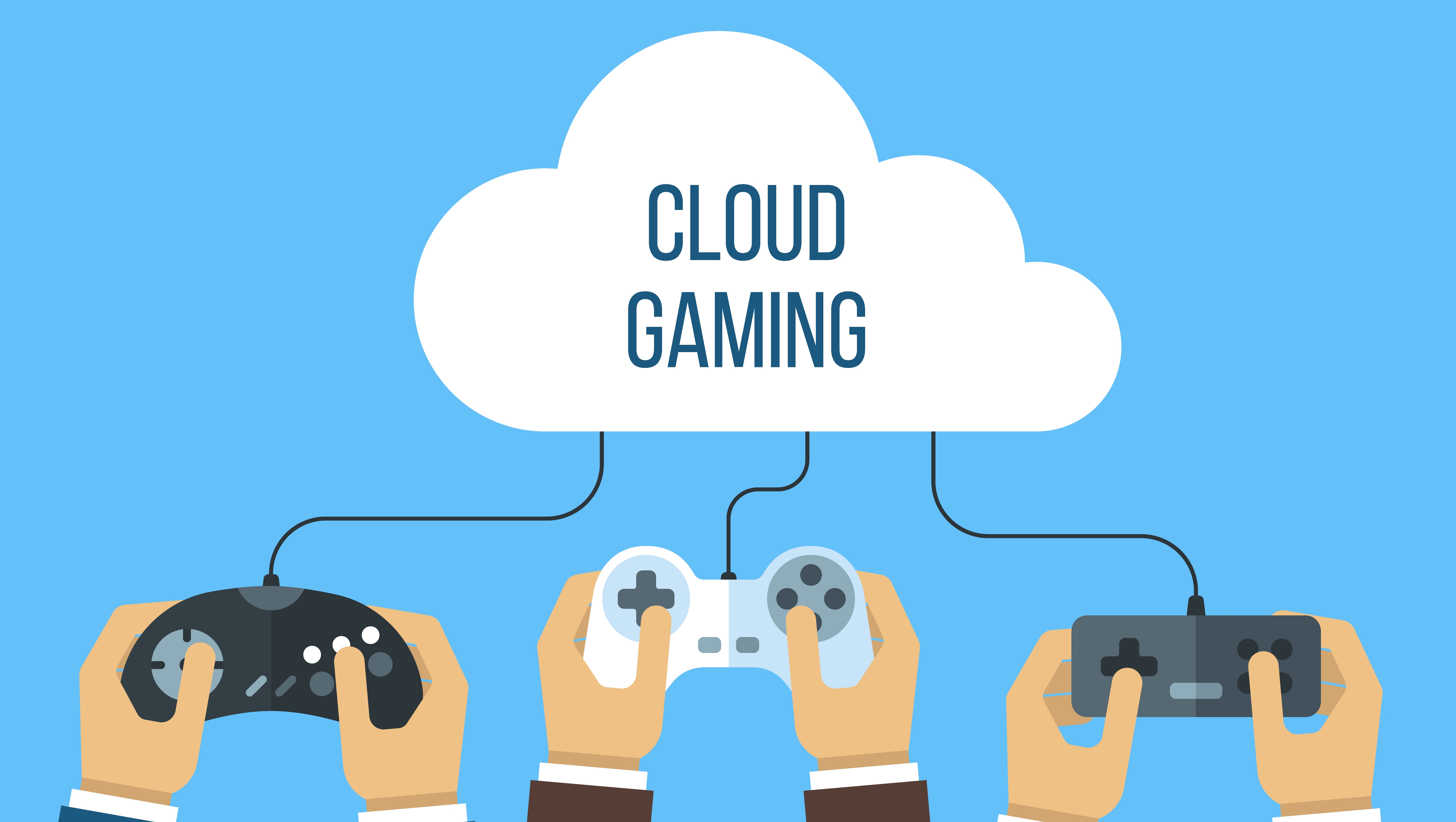If both sides are open to moving gaming to the cloud, it may offer richer experiences and better provider opportunities. Video game companies are shifting video games to the cloud from consoles and PCs. At the same time, telecoms adapt to the new technological requirements. What players will find enough value in cloud gaming that they are willing to switch?
Global Cloud Gaming Market Overview

Continuous technological advancements dominate the global cloud gaming market. The cloud gaming market will see significant growth in the coming years due to increased gaming devices and a larger gaming audience. With the help of gaming companies’ credentials, users can access the application. Gaming has seen significant innovation in graphics, which has led to new growth in the global cloud gaming market.
TMR provides a complete report on cloud gaming to help readers understand the macro and micro-factors associated with the most recent trends. This study briefly outlines the drivers and restraining elements of the cloud gaming market. The analysis provides insight into the geographic development of the cloud gaming market, both nationally and regionally, during the forecast period.
This report is meant to give a complete view of the market, including all opportunities and challenges businesses face. This report will provide a detailed understanding of the cloud gaming market.
Global Cloud Gaming Market Trends and Opportunities
The growing popularity of mobile devices, tablets, laptops, and televisions will all play a significant role in the growth of cloud gaming. These devices are expected to provide a solid foundation for the future success of the gaming industry. This is also expected to grow in popularity due to the availability of superfast internet connectivity.
Cloud servers are also highly preferred by game manufacturers because they offer a significantly reduced access time and lower cost for game purchases. Social media platforms are rapidly gaining popularity. E-sports promotion and free play modes are major market boosters for cloud gaming. Despite the increasing popularity and potential lucrativeness of cloud gaming, it has yet to spread on a large scale in many regions.
Global Cloud Gaming Market
A geographical analysis of the cloud gambling market provides a quick overview of cloud gaming market potential and market trends. According to the report, North America and Europe will have a high potential market for cloud gaming shortly.
Technology: How does it work
Services that stream games have been available for years but have struggled to gain traction due to bandwidth and latency issues. Local games allow for quality control and optimization of performance. The game looks great, and the gameplay is smooth. Online multiplayer games require bandwidth to coordinate actions. If players are not in sync, latency could quickly ruin the experience.
Cloud gaming allows content execution to be moved from the consumer’s device to the cloud. The game’s view is delivered to the player’s device using content delivery networks (CDNs). These CDNs are located near major cities and have regional points of presence. Size is essential when it comes to video. A smartphone can display a game stream with a lot fewer bits than what’s required to render the stream on a 55 inch 4K TV.
Cloud streaming services need to dynamically adjust to provide the best user experience possible on any given device. When the streaming video is used, such as a movie, the content is identical for all viewers and only goes downstream. Video games allow players to influence the media they see, and each player can see a different view.
The game will then update the view to reflect the action and transmit it to all players. It must be done immediately for all players. Any delay of more than 75 milliseconds can cause actions and players to drift apart. The challenge of massively multiplayer online games with thousands or hundreds of players at once is magnified.
Cloud Gaming is more than Game delivery
One could say that 2019’s announcements by Microsoft and Google to bring cloud gaming to the masses have lit a fire under this industry. Both companies have unique ways of tying videogames to their services and media. Google plans to use YouTube to launch Stadia. It will allow a viewer watching a streaming video of gameplay to click on a link to enter a cloud instance.
YouTube allows Google to leverage its existing audience and ad network as well as social affordances. It also taps into the top influencers. All of these may run on Google’s CDN. Google will increase its media business to include videogames, anticipating greater demand for its cloud- and CDN-based services.
According to Deloitte research, subscribers are becoming more accustomed to subscription fatigue. These conditions indicate fluid, interactive, and social media-based entertainment and media.
Companies may also consider displaying esports events that are only hosted on their networks. However, they must ensure complete delivery. Providers will need to increase computation at the edge if cloud gaming promises unlimited resources. One could even imagine a new type of interactive CDN that combines narrative, multiplayer gaming, and streaming services. The entry of cloud heavyweights in-game delivery could bring about significant change.
The term “Netflix for Gaming” does not capture the actual differences between streaming video and streaming games. It could be the future if previous content revolutions can be used as a guide. It remains to be seen when it matures and who will control what parts of the value chain.
Conclusion
It is becoming more popular thanks to technological advances. The introduction of 5G technology will further enhance cloud computing. More gamers use messaging, audio chat, and streaming video to share their games, which means more data is being sent upstream. While mobile gamers might not notice these bandwidth issues, immersive gamers, multiplayer, and esports fans may. They may need more connectivity.